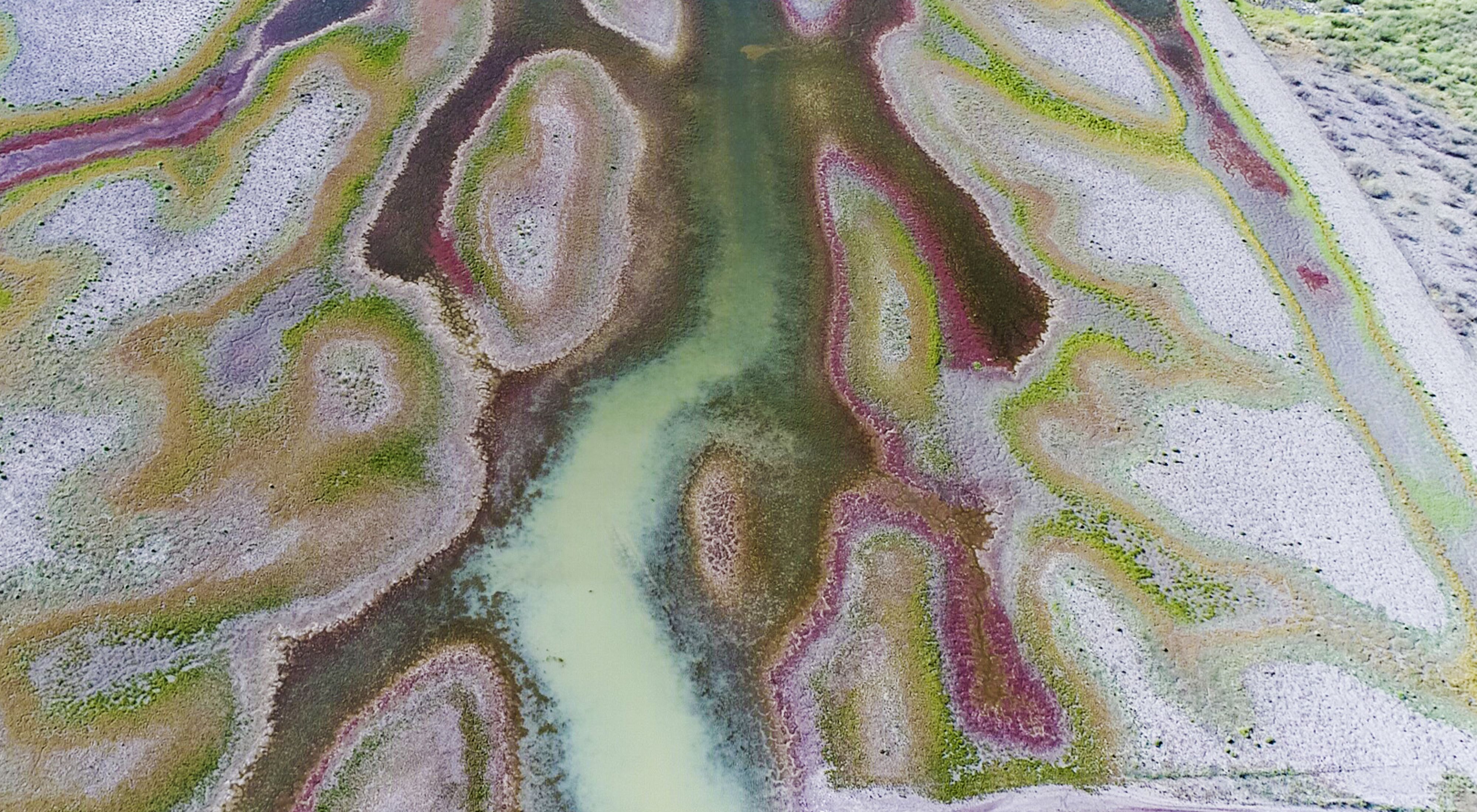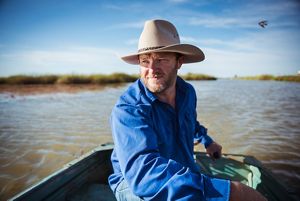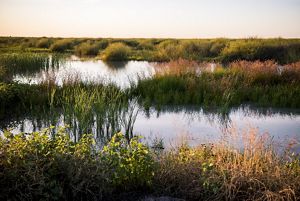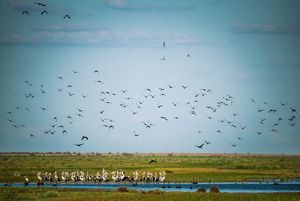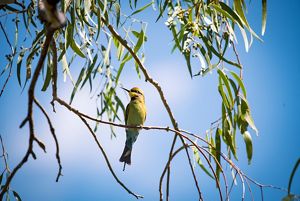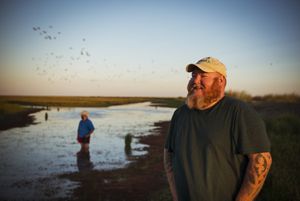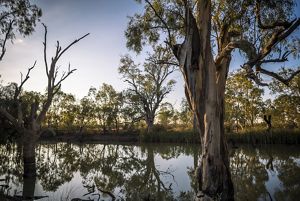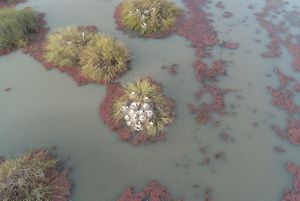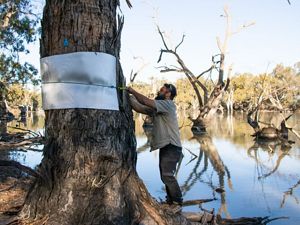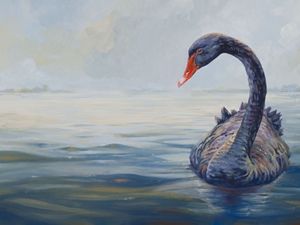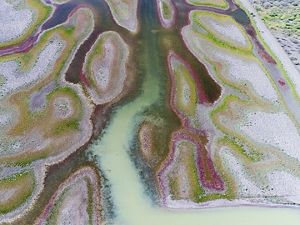Description
Gayini. It means ‘water’ in the language of the Nari Nari people, who have lived on this land for 50,000 years. And it’s water that brings life to this landscape.
Temporal wetlands teem with thousands of waterbirds, which nest on small islands of flowering lignum shrubs amid the shallows. Wide-eyed, fuzzy nestlings wait as their parents forage in the floodwaters, feeding on crustaceans and other small invertebrates. Beyond the wetlands, flocks of emu strut across open fields and grey kangaroos lounge in the shade of centuries-old eucalyptus trees.
Thanks to the efforts of TNC and our partners, the Nari Nari people now legally own Gayini after 150 years of dispossession from their land. TNC works alongside the Nari Nari people to protect this 120-square mile property, which contains some of the last healthy wetlands in southeastern Australia. Once again, the Nari Nari are managing their spiritual homeland and using their traditional knowledge to revitalize both their country and culture.
